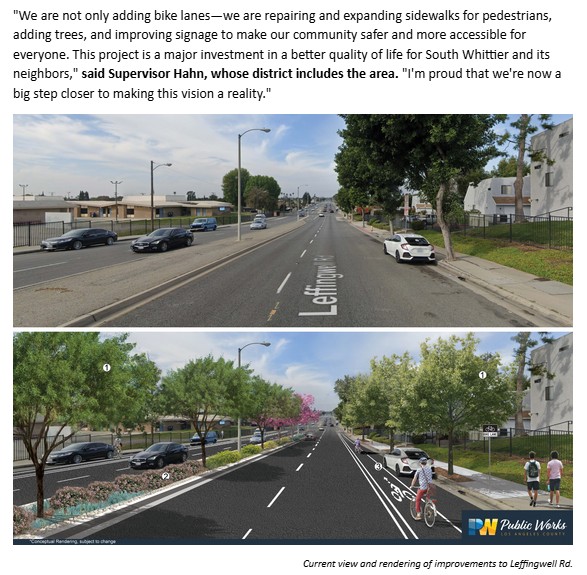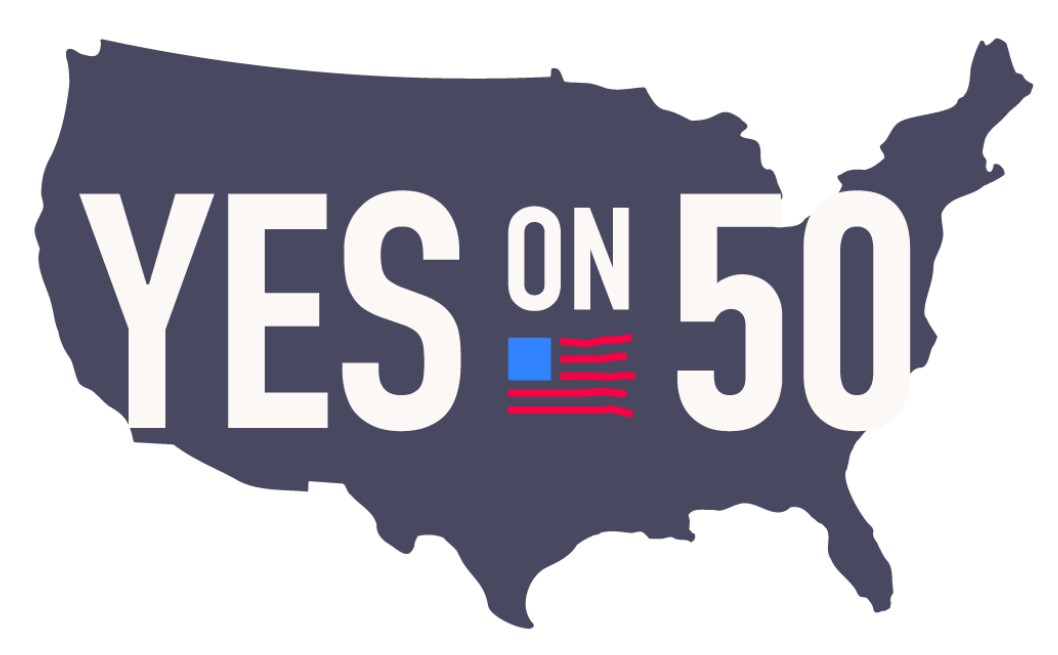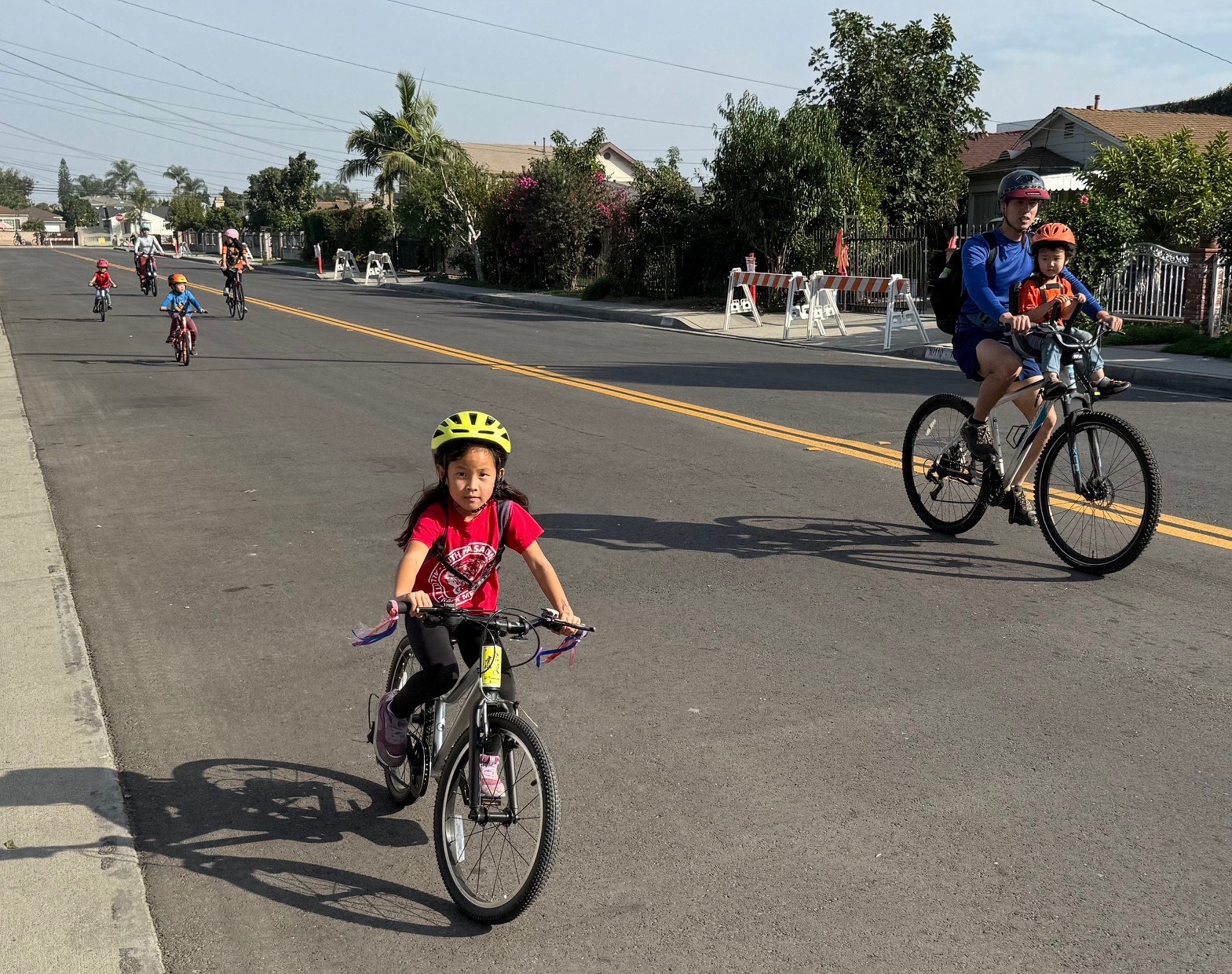In a new report making the rounds this week, “More Development For Your Transit Dollar: An Analysis of 21 North American Transit Corridors,” the Institute for Transportation and Development Policy does two things.
First, authors Walter Hook, Stephanie Lotshaw, and Annie Weinstock evaluate which factors determine the impact of urban transit on development, coming up with some extremely useful and not necessarily intuitive results.
Second, they show that BRT projects -- only a few of which exist in the U.S. -- can in fact spur walkable development. Then the authors go a step further, asserting in no uncertain terms that good bus projects yield more development bang for the buck than equivalent rail projects.
What Makes TOD Successful?
ITDP examined 21 light rail, streetcar, and bus routes in 13 cities across the U.S. and Canada to determine how transit lines affect development. While the report does pick a side in the BRT-vs.-rail debate, ITDP found that three factors are much more powerful determinants than transit type in the outcome of transit-oriented development.
First, what ITDP calls "government intervention" is key. There is a direct correlation between robust TOD investment and robust public policy.
Everything from assembling the needed land to offering incentives for tenants falls under the umbrella of government intervention, but perhaps the most important aspect is to make sure the zoning near transit encourages mixed-use, walkable development.
One of the best things policy makers can do, said Weinstock, is to limit parking. She said that the city of Ottawa’s downtown parking restrictions were a huge boost to transit ridership on the Transitway, a bus rapid transit line which blew every other line ITDP studied out of the water with 244,000 weekday riders (four times more than the next runner-up, Denver’s Central Corridor light rail line).
After government intervention, the next most important factor in successful TOD was the development potential of the land surrounding the new transit. Cleveland has a weak land market but still saw billions in development follow the implementation of the HealthLine BRT route on Euclid Avenue. The corridor is an “emerging” real estate market, the “most interesting” kind, according to ITDP, because the impact of the transit is most apparent. Strong markets are going to develop no matter what, and weak ones won’t -- but well-placed, well-conceived transit can make a big difference in an area on the cusp.
Back to the Ottawa Transitway for a moment. Perhaps part of the reason it boasts such high ridership is that it goes incredibly fast, reaching average speeds of 50 mph. That’s the third major factor ITDP found in TOD success: the quality of the transit. The authors determined transit quality by measuring all 21 lines against ITDP's own BRT Standard grading system.
Still, quality was not a very strong factor in TOD compared to public policy and development potential. Of the five lines with the greatest amount of TOD investment, two were ranked silver and three were “below basic.” Of the 11 transit lines with moderate TOD impact, most of them were of bronze-level quality.
Cleveland's Mighty TOD Leveraging
Probably the most talked-about aspect of ITDP's report are the calculations about how much transit-oriented development was spurred by each project, per dollar spent to build it.
The results are fairly wow-worthy. Portland’s light rail Blue Line has turned construction staging sites and parking lots into affordable housing and mixed-use development. And Cleveland has seen everything from hospitals to hotels boom along Euclid Avenue since the advent of the HealthLine BRT route a few years ago. But Portland’s transit line cost 34 times more to build. So while Cleveland has seen $114.54 in TOD for every dollar it invested in bus rapid transit, Portland has only seen $3.74.
Weinstock says Cleveland wouldn’t necessarily have gotten any more TOD out of light rail as opposed to BRT. “As long as everything else is in place, either one can stimulate about the same amount of TOD,” she said. “But what would have happened is that $114 of development per dollar invested would drop dramatically because light rail would have cost a lot more.”
But cities can find ways to make bus projects super expensive, too. As the ITDP report notes, simple bus service in Boston ended up costing $70 million per mile -- “comparable to the most expensive LRT corridor” -- because the city built an expensive new tunnel for it.
How Should Different Modes Be Compared?
Jeff Wood, an analyst at Reconnecting America, is skeptical of ITDP's methodology. One complicating factor, Wood notes, is that ITDP didn’t look at operating expenses when determining system costs. Operating BRT vehicles requires more drivers than operating longer light rail vehicles, and paying drivers is one of the major operating costs of any U.S. transit system. “Capital funding is always going to be easier to find than operations funding,” said Wood. “Transit agencies struggle with this all the time. They’re usually more worried about the operating costs than the capital costs.”
Weinstock disagreed. "In the U.S., transit demand is low -- almost across the board -- and in order to fill up an LRT vehicle, the only choice is to drop the frequency of the service," she said. "So LRT labor costs are only lower if the city decides to lower the service frequency, which generally makes for a less attractive service."
ITDP also dismisses much of the development around Portland’s MAX line as being unrelated to the transit. But the vast majority of the development around Cleveland’s HealthLine was centered around the Cleveland Clinic and other area medical centers [PDF]. Which came first, the promise of good transit, or decisions by hospitals to expand? The answer isn't clear.
Plus, Wood said, transit-oriented development is a relatively easy lift on a main street like Euclid Avenue -- even in a distressed city like Cleveland. “I’m sorry, but the Blue Line in Portland is not comparable to the HealthLine in Cleveland,” he said. “The Blue Line was on a freight rail corridor, the Blue Line is more of a commuter line -- not an urban rail line -- and the HealthLine is on the main corridor in the region.”
As transit consultant Jarrett Walker noted on this blog this week, "there will be plenty of quarrel over the details" in ITDP's comparisons:
But this report does represent a "coming out" for the very concept of bus-based transit oriented development. For too long, the identification of "transit oriented development" (TOD) with rail has bordered on tautological: if there wasn't rail, it was less likely to be called a TOD, no matter how useful the bus service was.
For any transit project, a major distinction is whether the vehicles have a dedicated right-of-way or have to run in mixed traffic. ITDP's report shows that if public officials are willing to give rail or buses enough space, in the right place, with smart policies to support TOD, the investment will pay off regardless of mode.








